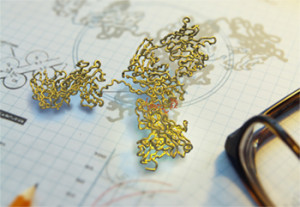 We recently reported about the new World Health Organization (WHO) naming scheme for antibody therapeutics which resulted in deleting the source infix in international nonproprietary names (INN) (Parren, Carter & Plückthun, MAbs 2017 9:898-906). The changes implemented remove critical ambiguities in antibody naming going forward.
We recently reported about the new World Health Organization (WHO) naming scheme for antibody therapeutics which resulted in deleting the source infix in international nonproprietary names (INN) (Parren, Carter & Plückthun, MAbs 2017 9:898-906). The changes implemented remove critical ambiguities in antibody naming going forward.
The WHO has now released the full executive summary of the 64th Consultation on International Nonproprietary Names for Pharmaceutical Substances at which the decision to remove the source infix was taken. The summary is in full agreement with the information previously provided in our perspective. Notably, the new scheme will change the sounds of antibody names that have become so familiar to us (see Table 1). This diversification is in fact quite important as distinct names are thought to further reduce the potential for medication errors as more therapeutic antibodies make it to the market.
Alignment of INNs with United States Adopted Names (USAN) is essential since (approved) antibody therapeutics will usually carry both an INN and a USAN. We are therefore very pleased to report that the USAN Council has agreed to implement the same naming scheme. Eliminating the source infix also ends an important disagreement between the USAN Council and WHO on how the source infix should be defined and assigned (also see Parren et al. Mabs 2017 for more information). Importantly, it is noted that no changes to previously assigned USAN names are contemplated. Similarly, WHO notes that substituting previously assigned INNs requires extraordinary circumstances such as medication, prescription or distribution errors that occur due to name similarities, also indicating that existing INN will unlikely be changed.
Notably, the WHO stresses the importance of careful dissemination of information on the new scheme and highlights the role of The Antibody Society. Consequently we will continue to update you via this channel as new information becomes available.
Like this post, but not a member? Please join!
Membership is free for students and employees of the Society’s corporate sponsors.

